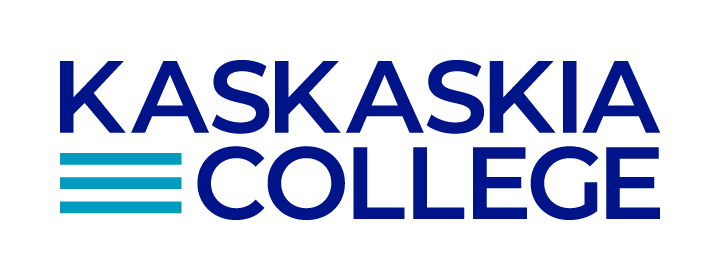
Improving Course Outcomes in Technical Math at Kaskaskia College
Before working with Almy Education, Kaskaskia College's two redundant, self-paced technical math courses contained unnecessary algebra, lacked focus on essential skills like fractions and measurement, and failed to meet the needs of their technical programs. The college subsequently developed a streamlined, single 4-credit technical math course with a corequisite option, replacing the self-paced approach with active learning, contextual applications, and measurement labs to better align content with student career goals.
Almy Education helps colleges and universities improve their math programs. From policies to the classroom, we provide the expertise, support, and accountability needed to move from talk to action. Here is an example of one of our client colleges:
Kaskaskia College, Centralia, Illinois | Rural, Community College
Before working with Almy Education
Kaskaskia College (KC) had two technical math courses, each for 3 credit hours. Content was redundant, and students didn’t like the self-paced computer-based approach. The second course was postponed by most students until their last semester, begging the question of the need for the math requirement. It also had lower outcomes than the first course. Both courses had more algebra than was necessary and not enough time on fractions or measurement. In short, the courses weren’t meeting the needs of the technical area faculty or their students.
The Redesign Process
After interviews and data analysis, the following plan was developed between the math department and the technical area faculty. The overall goal was to create a course and experience that would promote the use of mathematical skills in technical areas, not just the acquisition of skills.
- Created one, new technical math course (4 credits) with a corequisite option for lowest students (1 credit)
- Streamlined and modernized content approach with an increased use of context and applications
- Increased alignment of objectives to technical areas
- Increased time on fractions
- Added measurement labs using measuring tapes and calipers
- Replaced self-paced computer-based approach with active learning in both online and in-person formats
- Made the same changes in the high school dual credit version

Outcomes
In 20 months, the college went from a technical math approach that had complaints from all affected to a streamlined, modernized approach that serves students and the technical area faculty. To do so, ongoing adjustments have been made to the initial plan based on instructor and student feedback.
Now students attend and work during class, which was less common prior to the redesign. The course content and pedagogy are built for the students and their goals along with their learning styles and habits.
For example, the corequisite has needed continual tweaks to ensure students have the support they need without too many assignments or time. Personalized homework using MyLab Math was added as well as worksheets during class for practice.
Because students didn’t like the use of online homework in the in-person class, the instructor moved to more worksheets and time in class for students to work with instructor feedback. This improved homework completion rates and course outcomes.
“Kathy has a great ability to listen to faculty. She brings so much to the discussions, having taught math herself, tackling many of the same issues our math faculty have experienced. She is an excellent problem-solver, helping faculty think differently and creatively about their curriculum and course delivery. I would recommend taking a look at what Almy Education can offer in the way of resources and advice. Often, Kathy has provided an objective ear when deciding on redesign decisions.”
Kellie Henegar, Dean of Arts & Sciences | Kaskaskia College


Gateway Success Starts Here
Almy Education is the only gateway course consultancy that combines proven methodology with hands-on 'done with you' implementation support, led by current and former faculty who understand both systemic change management and classroom realities.




